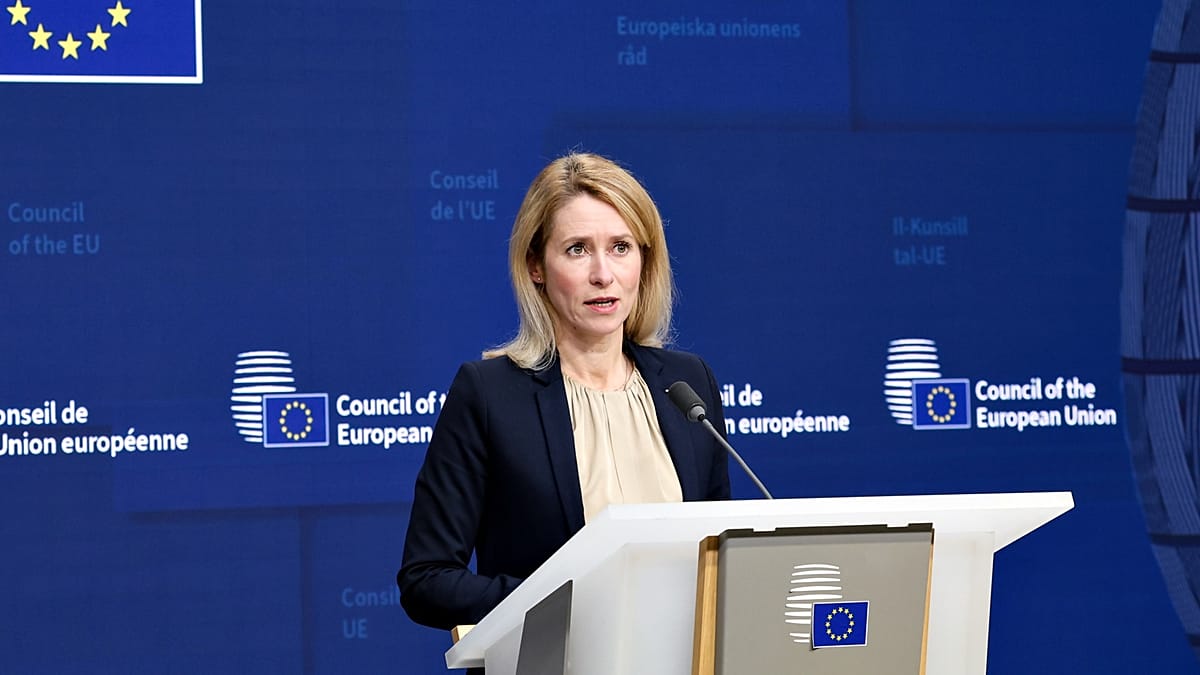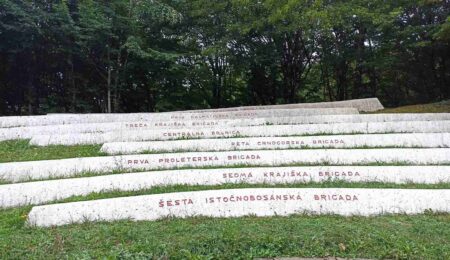When a police officer last week shot and killed a resident of Paris’s suburb of Nanterre, 17-year-old Nahel M., it unleashed a wave of unrest across France – an echo of similar protests launched by youth living in housing projects two decades earlier. Billions of euros of investment in the years since have done little to calm anger over police harassment and poor living conditions in France’s housing projects.
Concentrated in the suburbs (banlieues) just on the outskirts of major cities, France‘s public housing projects are home to largely young populations – 40% are under 25 years of age – often from immigrant backgrounds, who face a never-ending struggle for acceptance in French society.
The facts are damning. Youth from economically disadvantaged areas are a “particularly frequent target” for discrimination from the police, namely stop-and-search checks, “even when there is no sign or evidence of wrongdoing“, Human Rights Watch has found.
They are less likely to leave school at 18 with a secondary education baccalaur?at: Youth living in quartiers prioritaires (QPVs), targeted for urban renewal, have a 54% pass rate compared with a 77% success rate among those living elsewhere, according to a 2013 study.
They are twice as likely to be unemployed and less likely to be accepted for university courses, apprenticeships or work training programmes.
The stigmatisation is felt early. “The young people we work with have a tendency to underestimate themselves. We see a significant lack of confidence in their academic abilities and personal resources,” says Mona Amirouche, general director of Banlieues School, an organisation that aims to support students, teachers and parents living in public housing projects.
This is, in part, down to the internalisation of “stereotypes and prejudices linked to their social background”, Amirouche says. It is also because even as teenagers, the odds appear firmly stacked against them. “They are in the middle of physical development and are trying to find their own way with the resources they have,” she explains.
‘All the problems of contemporary France’
Typically, French housing projects are communities constructed in the post-war boom of the 1950s and 1960s, often built with sub-standard materials in areas lacking infrastructure such as shops, businesses and transport. “This frequently left inhabitants cut off from the commercial and cultural centres of the cities they lived in,” says Emile Chabal, a specialist in contemporary French history and politics at the University of Edinburgh.
When economic growth slowed in the 1980s, residents found themselves unable to improve their prospects or move to more desirable neighbourhoods. “This created intergenerational poverty, often amplified by racial discrimination, as the inhabitants of these neighbourhoods have become increasingly ethnically diverse,” Chabal says.
French law prohibits collecting data on the ethnic makeup of the population, but NGOs and think tanks have consistently found that “racial discrimination is a reality in French society”, said Julien Talpin, a political science researcher specialising in disadvantaged neighbourhoods at France’s national centre for scientific research (CNRS).
An Open Society Justice Initiative study in 2009 found that police officers in Paris at times stop Black and Arab people on the basis of ethnicity or dress rather than based on an individual’s behaviour.
A 2019 study of nine countries in Europe and North America found that, during the hiring process, France had the highest rate of discrimination against non-White natives of any country studied, including the US, UK, Canada and Germany.
In the housing projects, social problems are rife among isolated communities facing high rates of poverty and racial discrimination.
“These neighbourhoods concentrate all of the problems of contemporary France: very high unemployment, low school attainment, discrimination of various kinds, and unstable family and social life,” Chabal says.
“The rise of petty crime and drug trafficking has not helped – nor has an excess of police violence, almost always with strong racial undertones.”
‘Political will’
Three weeks of rioting in France in 2005 – led by residents of public housing projects – saw a state of emergency declared as more than 10,000 vehicles were torched and 233 public buildings were damaged. The riots were sparked by the death of Zyed Benna and Bouna Traor?, teenagers who were on their way home from playing football in the Paris suburb of Clichy-sur-Bois when they fled from police and died trying to hide in an electricity substation.
Riots erupted in 2017 in response to reports that police brutally raped 22-year-old local educator Th?odore Luhaka with a police baton during a stop-and-search operation in Aulnay-sous-Bois, another Paris suburb.
The deadly police shooting of Nahel on June 27 was followed by a week of rioting that saw hundreds of people arrested by police, many of them teenagers. They may not have participated in previous riots themselves, but likely have an “intergenerational memory” of racist violence and racialised policing, Chabal says. “Each new cycle of violence [becomes] more intense, as children avenge not just the injustices committed against them but also the injustices committed against those who came before them.”
Meanwhile, local communities are short of solutions to deter unrest. “Social workers, educators and community organisations are lacking the funds to actually offer [a] positive and more constructive outlet for the anger that we’ve been seeing in the last week,” Talpin says.
Since the riots in 2005 in particular, billions of euros of funding have been channelled into France’s QPVs to reverse urban decline and address persistent social issues.
Much of the funding prioritised physical transformations such as improved housing, building new facilities like libraries and extending transport links – which is important, says Talpin. “But not enough money was spent on the social aspect,” he adds.
Residents have called for services such as proximity (or community) policing, Talpin says. “Officers that are, on a daily basis, in these neighbourhoods and can actually build trust with the residents.”
But some feel the improvements they have seen are only “window dressing that has not brought real results or tackled the structural issues”, Chabal says. “Most of the socioeconomic metrics of the urban renewal zones have remained flat or got worse since the 1990s.”
Unemployment rates, success in education and poverty levels have all failed to improve.
“The problem right now is not so much about the evidence of these problems,” Talpin says. “It’s about the political will to actually tackle them.”





